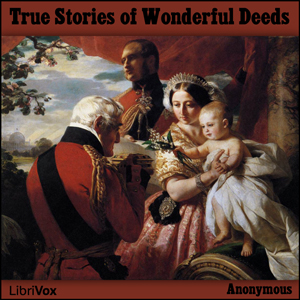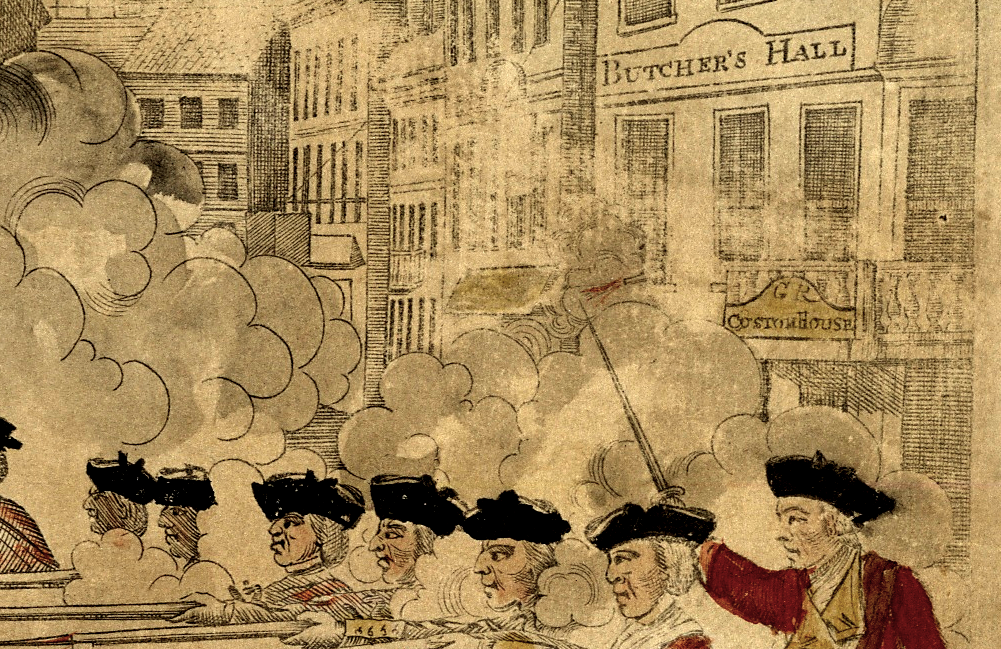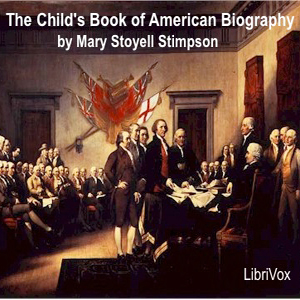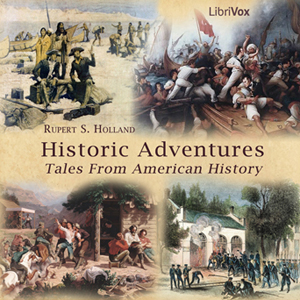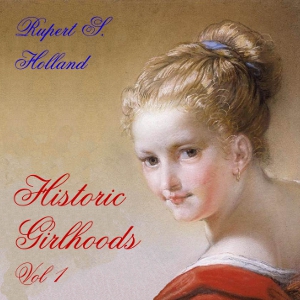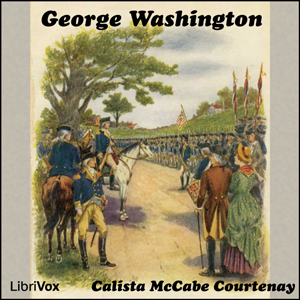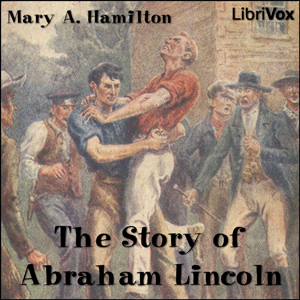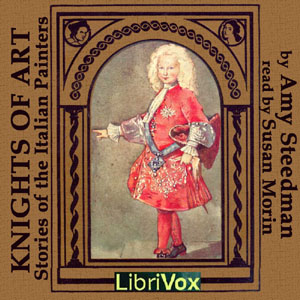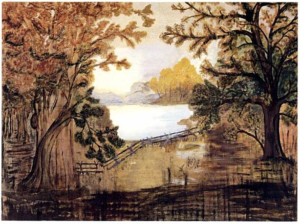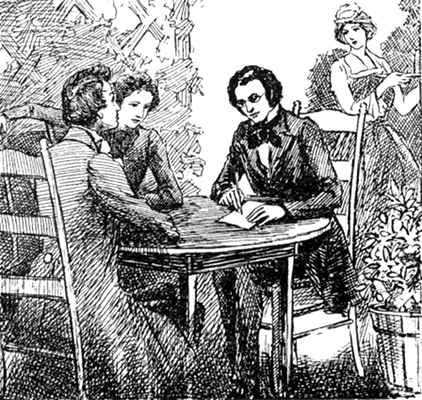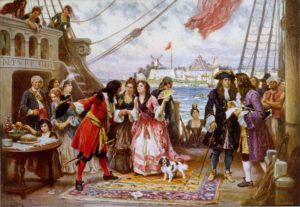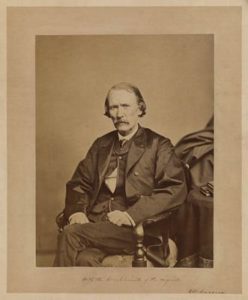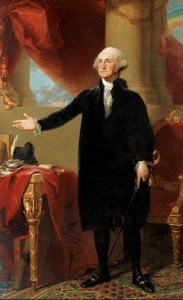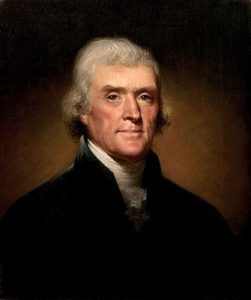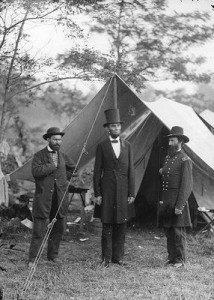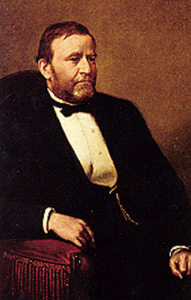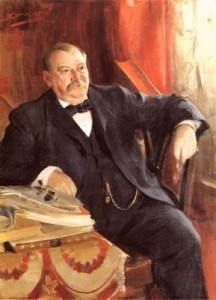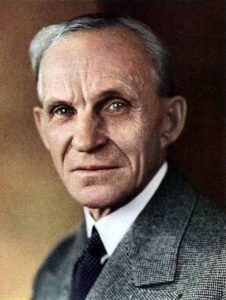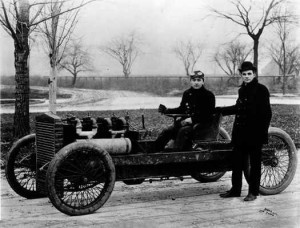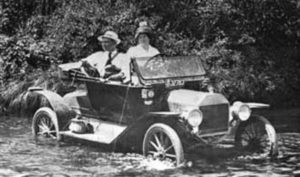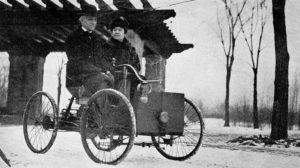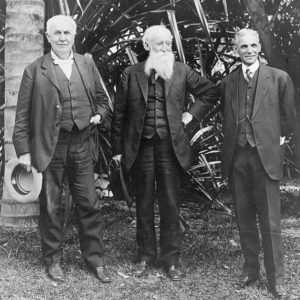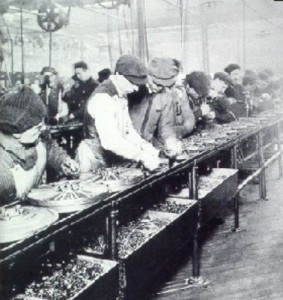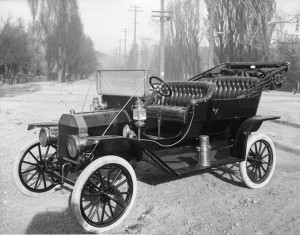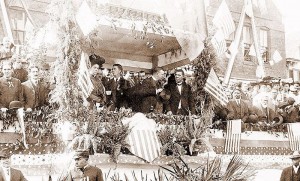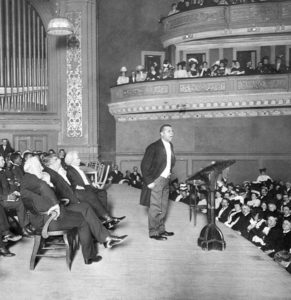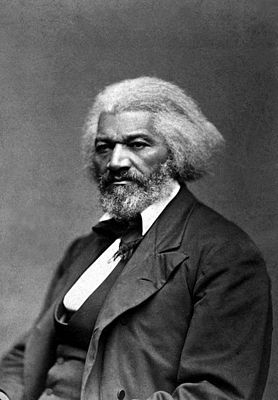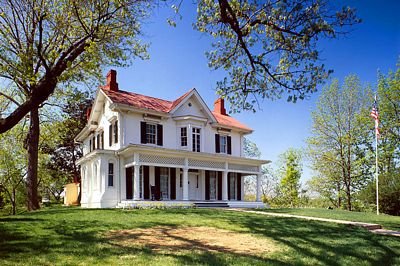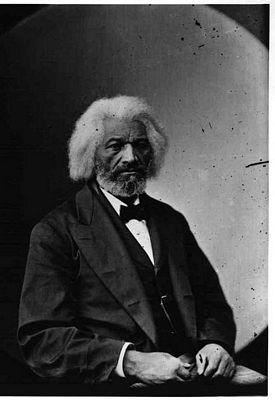
Summary:?This is a careful and fascinating collection of interviews with people who knew Lincoln as a boy and young man. A glimpse into the type of person he was from the very beginning. “All the world loves a lover”?and Abraham Lincoln loved everybody. With all his brain and brawn, his real greatness was in his heart. He has been called “the Great-Heart of the White House,” and there is little doubt that more people have heard about him than there are who have read of the original “Great-Heart” in “The Pilgrim’s Progress.” Indeed, it is safe to say that more millions in the modern world are acquainted with the story of the rise of Abraham Lincoln from a poorly built log cabin to the highest place among “the seats of the mighty,” than are familiar with the Bible story of Joseph who arose and stood next to the throne of the Pharaohs.A new story is told by a dear old lady, who did not wish her name given, about herself when she was a little girl, when a “drove of lawyers riding the old Eighth Judicial District of Illinois,” came to drink from a famous cold spring on her father’s premises. She described the uncouth dress of a tall young man, asking her father who he was, and he replied with a laugh, “Oh, that’s Abe Lincoln.” One day in their rounds, as the lawyers came through the front gate, a certain judge, whose name the narrator refused to divulge, knocked down with his cane her pet doll, which was leaning against the fence. The little girl cried over this contemptuous treatment of her “child.” Young Lawyer Lincoln, seeing it all, sprang in and quickly picked up the fallen doll. Brushing off the dust with his great awkward hand he said, soothingly, to the wounded little mother-heart: “There now, little Black Eyes, don’t cry. Your baby’s alive. See, she isn’t hurt a bit!” That tall young man never looked uncouth to her after that. It was this same old lady who told the writer that Lawyer Lincoln wore a new suit of clothes for the first time on the very day that he performed the oft-described feat of rescuing a helpless hog from a great deep hole in the road, and plastered his new clothes with mud to the great merriment of his legal friends. This well-known incident occurred not far from her father’s place near Paris, Illinois.These and many other real remembrances have been collected here in this book for your edification. ( The introduction and Phil Chenevert for Librivox)
Whole book (zip file)Download
Subscribe by iTunes
Internet Archive Page
Online text
Run time: 5 hours
Introduction
Abraham Lincoln’s Forefathers
Abraham Lincoln’s Father and Mother
The Boy Lincoln’s Best Teacher
Learning to Work
Losing His Mother
School Days Now and Then
Abe and the Neighbors
Moving to Illinois
Starting Out for Himself
Clerking and Working
Politics, War, Storekeeping, and Studying Law
Buying and Keeping a Store
The Young Legislator in Love.
Moving to Springfield
Lincoln & Herndon
His Kindness of Heart
What Made the Difference Between Abraham Lincoln and His Stepbrother
How Emancipation Came to Pass
The Glory of Gettysburg
“No End of a Boy”
Lieutenant Tad Lincoln, Patriot

